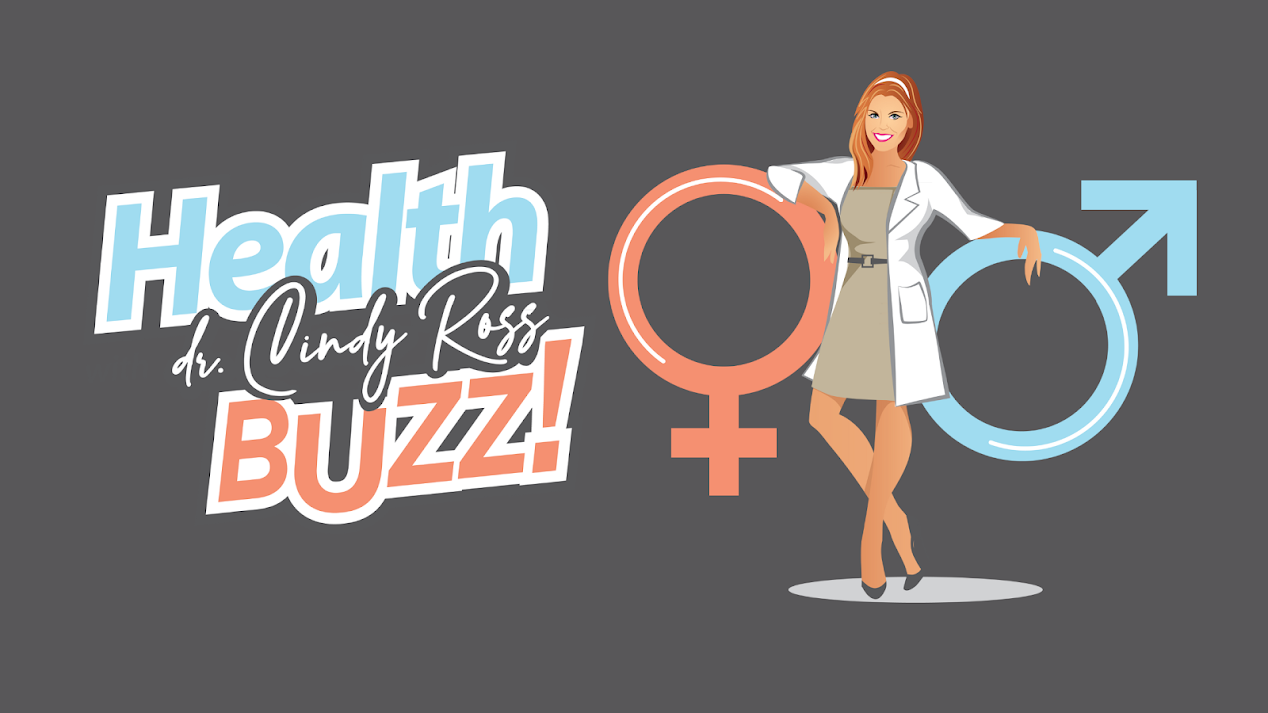Experienced runners get different injuries than
beginners.
Beginners are famous for shin splints and runner's knee.
Long-time runners work for their injuries. The most common injuries seen in
experienced runners are muscle knots or "trigger points". These
injuries start as very minor micro-tears. Next, a repetitive tear-and-repair
cycle causes a know or a trigger point to develop. The runner then starts to
experience pain and stiffness in the area. Common trouble spots include: the
front and back of the thighs, the deep hip region, and the outside of the
thigh, known as the IT Band.
Stretching Is Not Enough
Stretching is very beneficial and cannot be neglected. But in the case of muscle knots, stretching alone is not enough. When stretching a muscle with knots, you are only stretching the healthy muscle tissue. The knot remains a knot, laughing in the face of the stretch.
Stretching Is Not Enough
Stretching is very beneficial and cannot be neglected. But in the case of muscle knots, stretching alone is not enough. When stretching a muscle with knots, you are only stretching the healthy muscle tissue. The knot remains a knot, laughing in the face of the stretch.
Tough Love
The best way to attack a troublesome muscle knot is direct
pressure. A well-trained massage therapist can effectively apply pressure to
break up and relieve muscle knots. These knots are pesky. It typically takes
several treatment sessions to fix a well-placed knot. To make matters worse,
these sneaky knots are famous for recurring again and again when you are least
expecting it.
A Foam Roller Life
The best way to eliminate and prevent muscle knots is the
foam roller. The foam roller is a firm foam log that is six inches in diameter.
Use the roller against the muscle knots with your own body weight to generate
the direct pressure. Imagine using a rolling pin to roll out lumps in bread dough.
A foam roller is a good alternative to repetitive trips to the massage
therapist. Your foam roller is always available and doesn’t accept tips! Bottom
line: The foam roller is an inexpensive, yet highly effective way to treat and
prevent the most common injuries seen in runners. Foam rollers can be purchased
at sporting goods stores or ordered online for less than $20. A few minutes a
day can help keep you on the road for years to come.
Key Points for Specific Foam Roller Exercises
1. Roll back and forth across the painful or stiff area for
60 seconds.
2. Spend extra time directly over the knot or trigger point itself.
3. Roll the injured area two to three times a day. For prevention of injuries, two to three times a week is recommended.
4. Avoid rolling over bony areas.
5. Always stretch the area following foam rolling.
2. Spend extra time directly over the knot or trigger point itself.
3. Roll the injured area two to three times a day. For prevention of injuries, two to three times a week is recommended.
4. Avoid rolling over bony areas.
5. Always stretch the area following foam rolling.
Lie sideways with the foam roller under the side of your
thigh. Roll between your knee and your hip bone. Spend extra time on the more
tender areas you encounter. Use your top leg and foot against the ground to
decrease the force if you cannot tolerate the pressure initially. After a few
days of rolling, your IT Band will loosen up and you should be able to tolerate
full pressure (feet together off the ground).
Start with both of your thighs on the roller at the same
time. Roll back and forth from your knees to hips. To increase the pressure,
lift one thigh off the roller. This doubles the force.
Lie on your back on the foam roller. Cross your arms across the front of your chest and exhale deeply as you roll the middle of your back against the roller. This is a great stretch for your chest early in the morning before a run.




No comments:
Post a Comment
Thanks for taking the time to check out my blog!